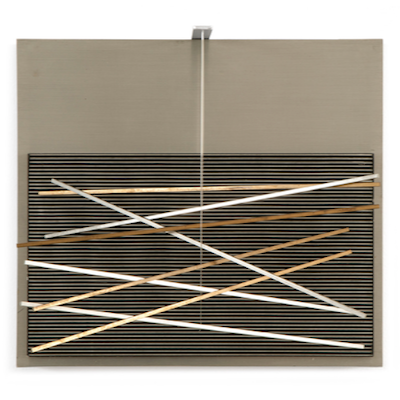
Vilag
- Inches
- Centimeters
- USD
- EUR
- GBP
- Recently Added
- Price (low-high )
- Price (high-low )
- Year (low-high )
- Year (high-low )
Seek an Artwork by Victor Vasarely
If you are searching for a specific piece by Victor Vasarely, let us know what it is, and we will explore our network to find matches. Our goal is to assist you in discovering artworks that align with your interests.
What is kinetic art?
International movement referring to both apparent and real motion of art created in the 1920s and 1960s. It is explained as art emerging from any medium containing some movement that depends on motion for effect or can be perceived by the viewer. Canvas paintings are some of the notable and earliest examples of this art type. Speaking pertinently, kinetic art today refers to 3 dimensional figures and sculptures such as those operated by machines or those that move naturally. It encompasses a variety of styles and techniques that overlap.




























































































